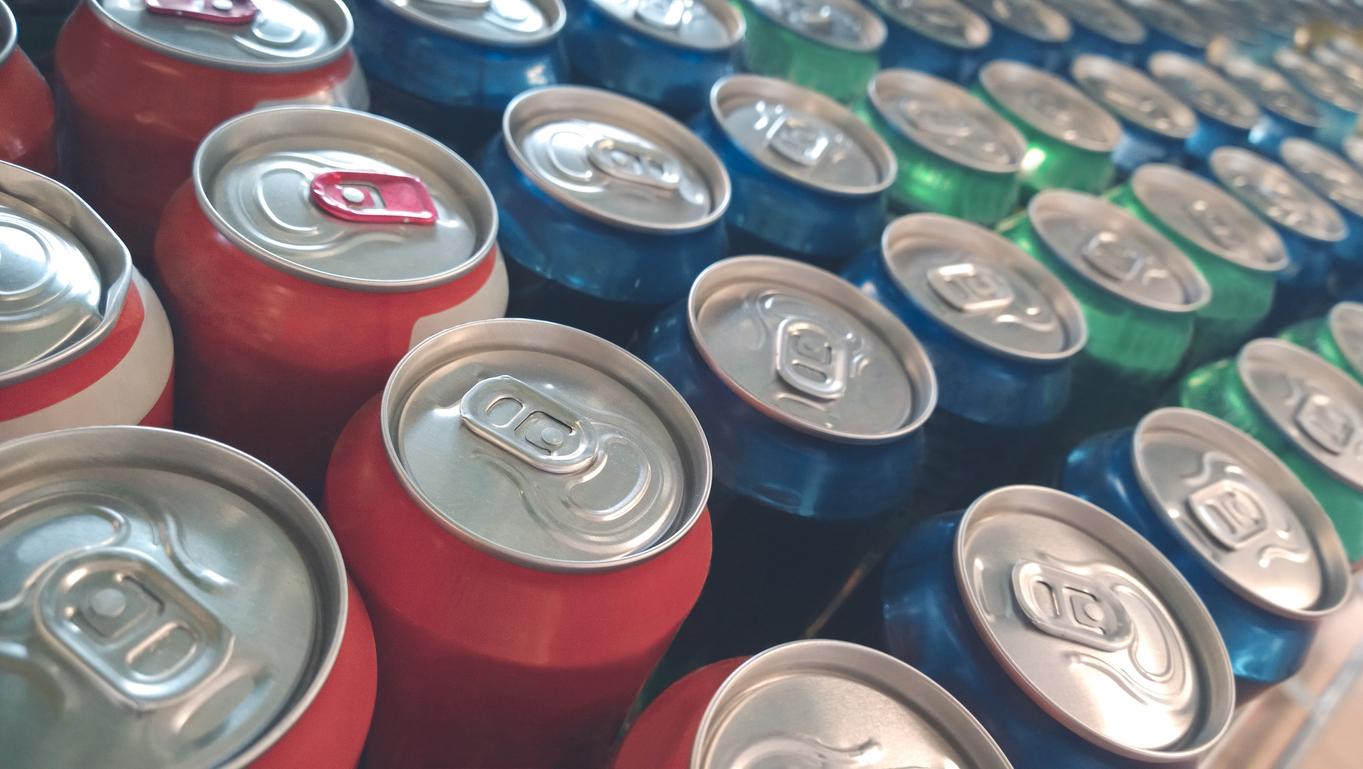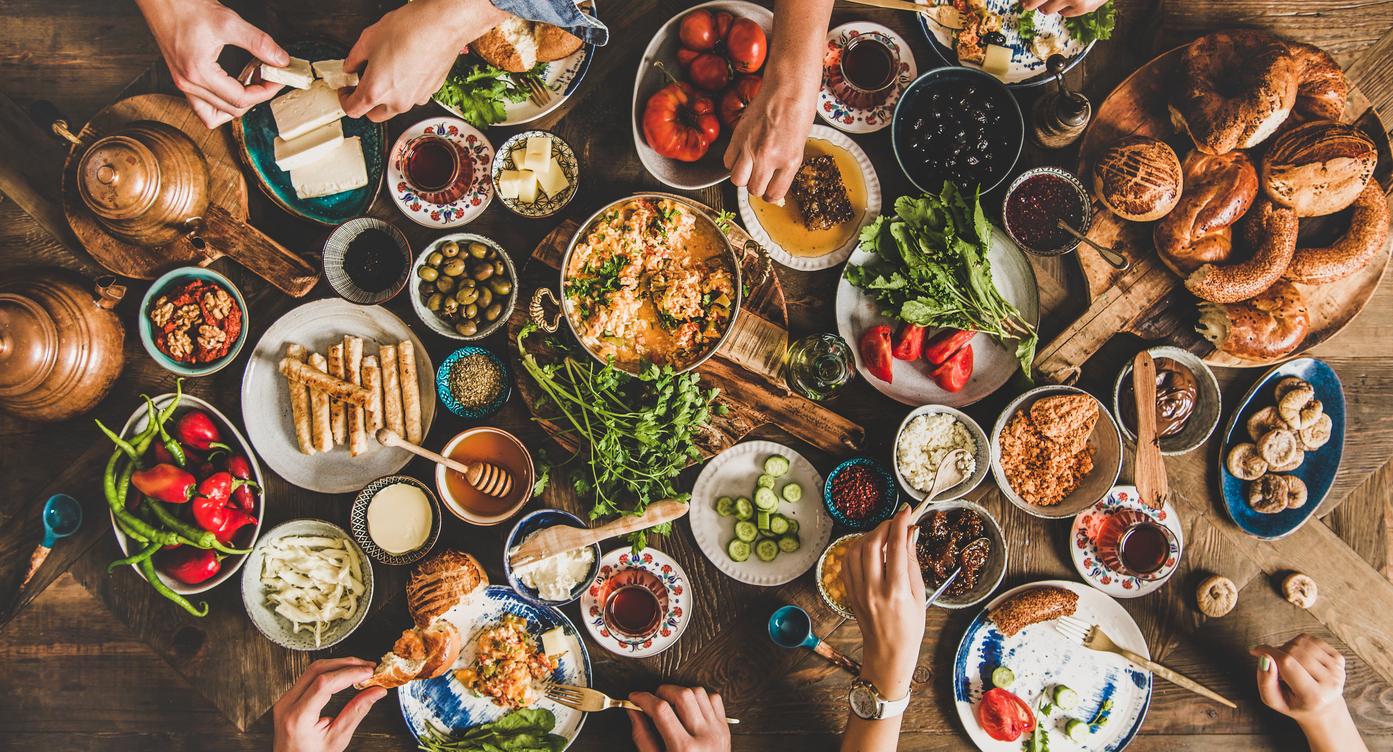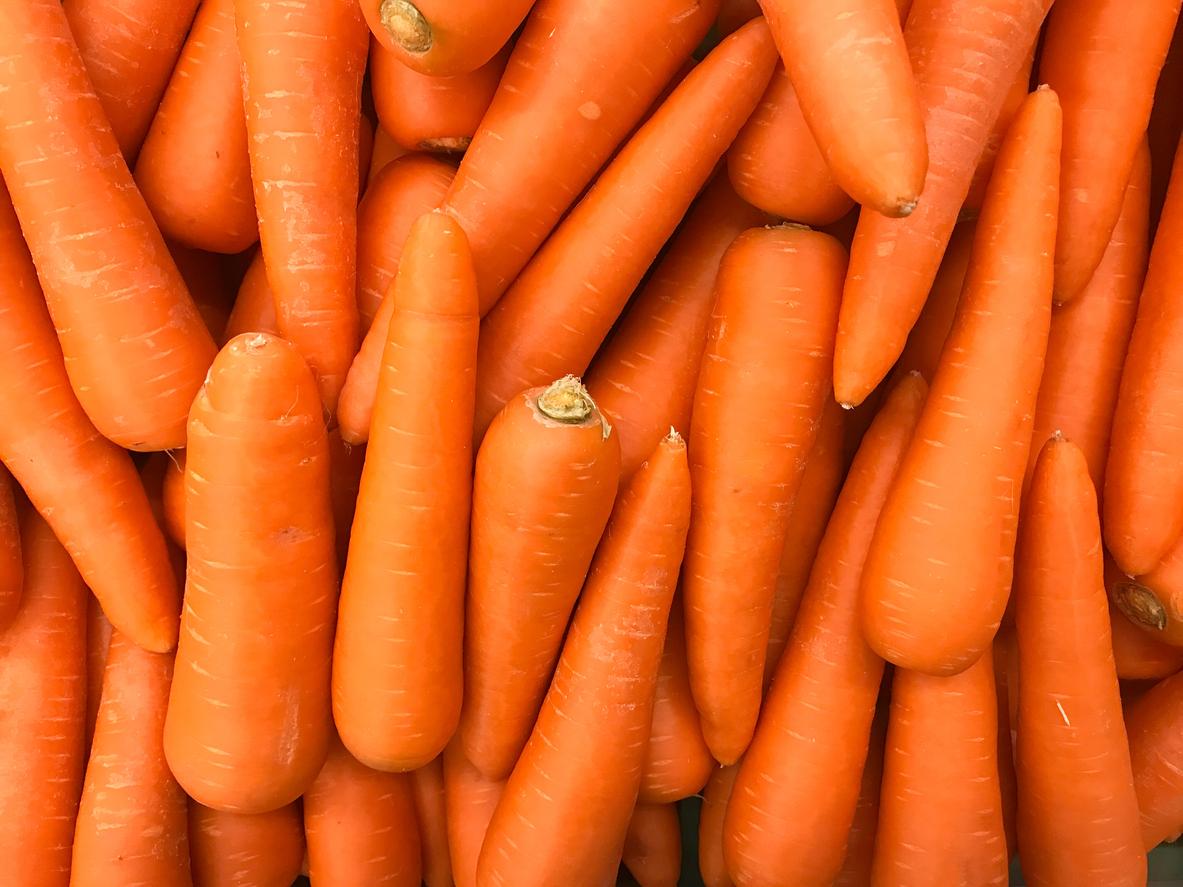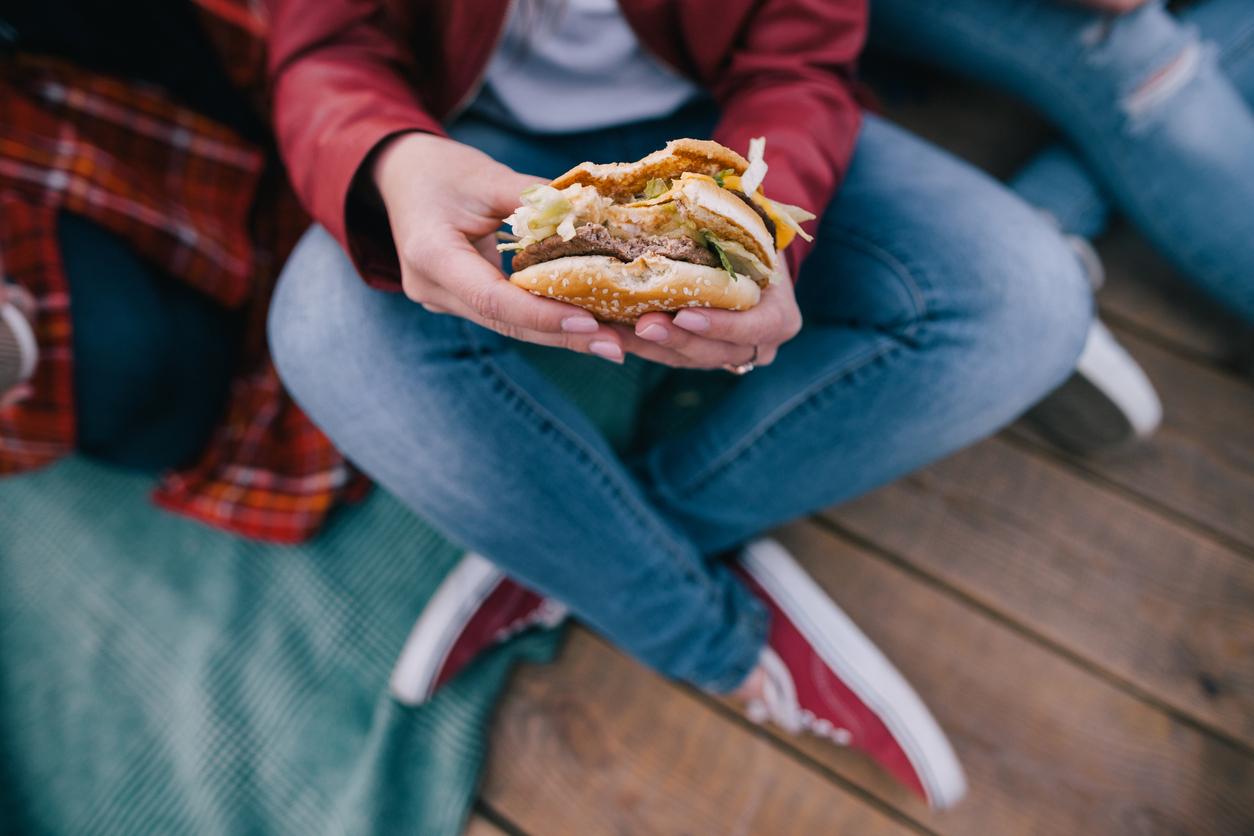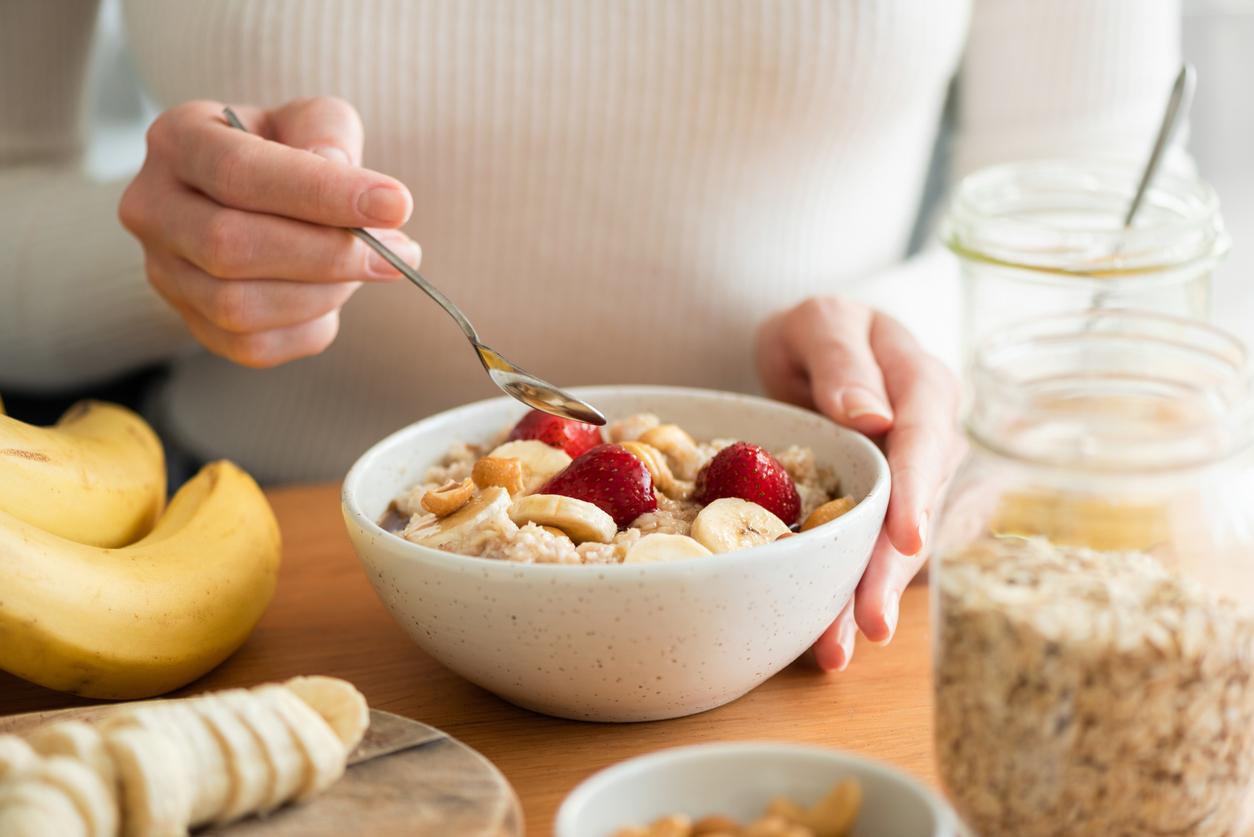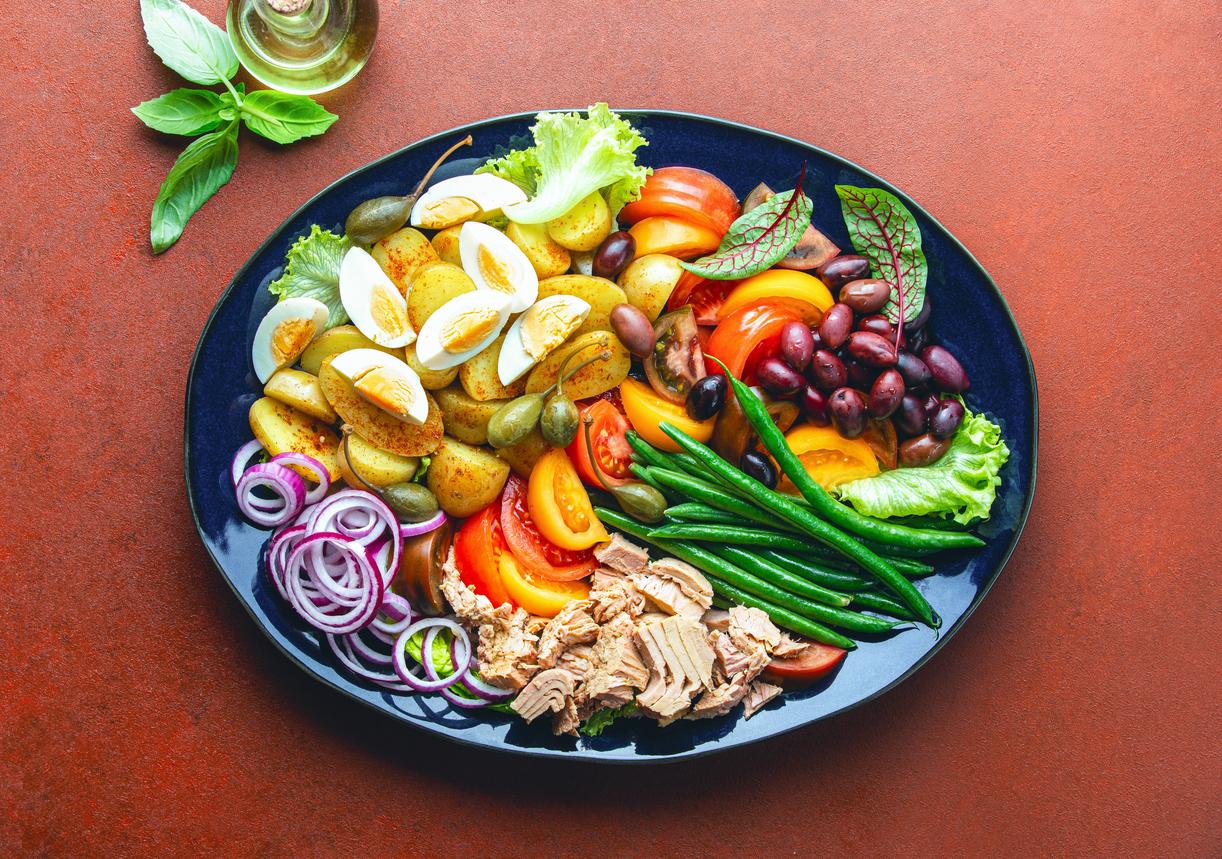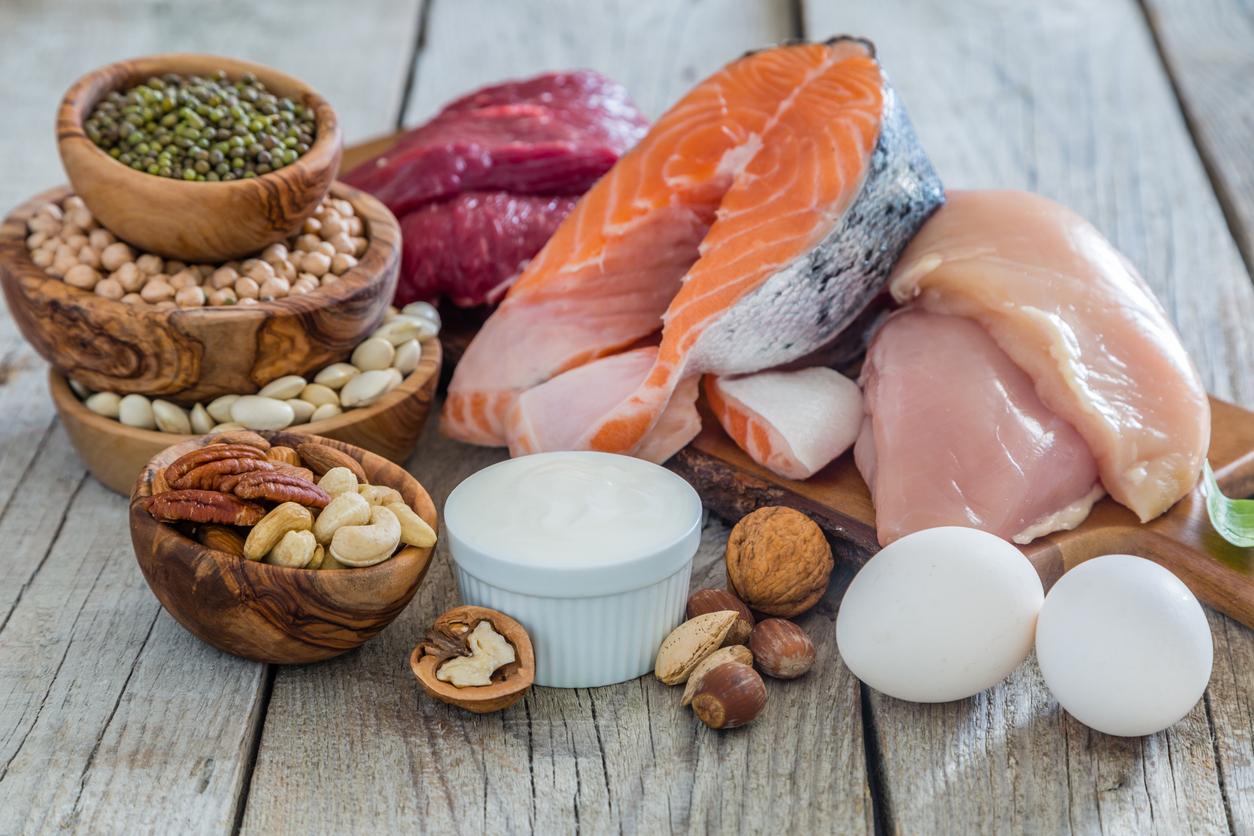Fruits that have odd shapes or spots are just as good, or even better, for your health than those that are perfectly shaped and textured.
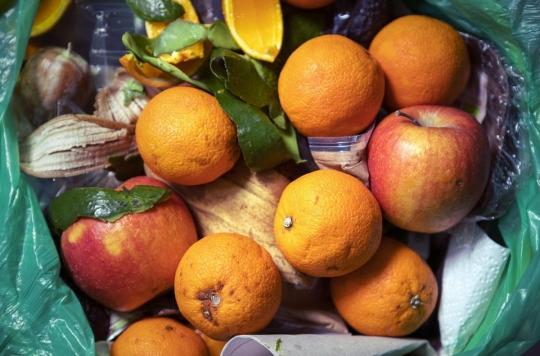
- Every year, around 10 million tonnes of food are thrown away in France.
- The first visual impression will determine our choice and our opinions on the taste of the fruit.
- Damaged fruits taste the same and can, at worst, be used in preparations such as pies
Our brain is playing tricks on us. When it comes to choosing fruit during shopping, it wrongly pushes us towards the fruit that appears to us to be the most beautiful, thinking that it will be better. “We choose food based on the expectation of its taste which is linked to our feelings. So if we expect a brown banana to not match the taste of a yellow banana, we go for the latter.”, continues Karin Wendin, professor in the department of food sciences at the University of Copenhagen and co-author of a study published in the January edition of the journal Food Quality and Preference on food waste.
The first impression is decisive
Every year, around 10 million tonnes of food products are thrown away in France, including 31% vegetables and 19% fruit. “Bruised or oddly shaped fruit can easily be usedlaments the researcher. They usually taste just as good as pretty specimens. And in cases where an apple is bruised or a little floury in texture, it can still be used for juice or pie. When an ‘ugly’ piece of fruit is thrown away, it becomes food waste, which is a big deal – including financially. That’s why we need to work on reevaluating our feelings about brown and oddly shaped fruit..”
In this study, 130 participants were asked to rate a series of pictures of apples that varied in appearance. Apples with deformities and blemishes ranked lowest in terms of the number of participants wanting to eat them. The participants then had to taste a different apple. It was then that it became clear that the bad first impression influenced their choice. “When participants saw a picture of an ugly apple and then tasted one that was green and perfect, they were left convinced it tasted bad.observed Karin Wendin. This shows how much our emotions and psychology take taste sensations into account.. We remember negative feelings and expectations more than positive ones.”
Communicate better
Researchers believe that it is necessary to educate about these foods to limit food waste. In particular, they are calling for supermarkets to be able to communicate more clearly on how to avoid waste. “As things stand, communication about our food – and what’s good or bad – isn’t working optimally.insists Karin Wendin. People don’t know where to find advice. Few look online for dietary recommendations on their government’s website. Did you know, for example, that an imperfect fruit is often cheaper than its more perfect neighbors, even though the two products probably taste the same?”
.







